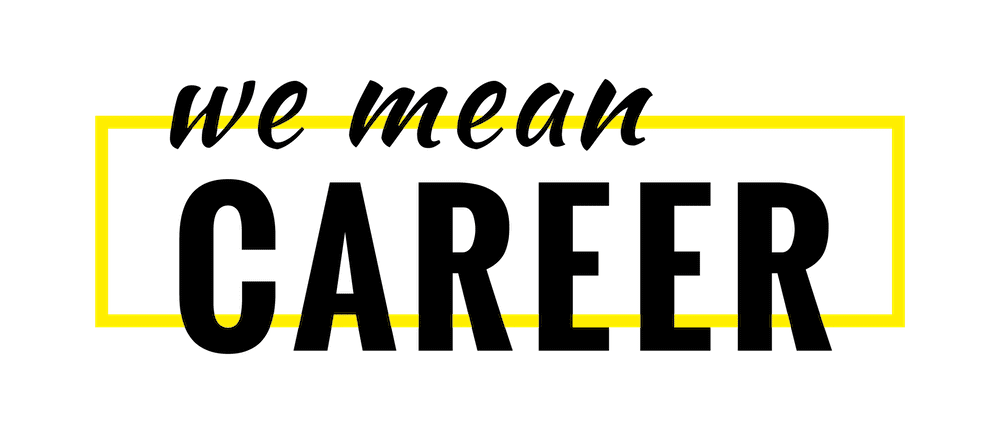HOW TO HANDLE EMPLOYMENT GAPS

WAYS TO FILL GAPS IN YOUR EMPLOYMENT
Do you have a long gap between jobs? Do you wonder what to do while you’re unemployed? Don’t worry! You can fill that time with productive activities. This will reduce the negative perception employers often have of candidates who are unemployed for long periods.
Read our tips on how to fill any employment gap:
-
- Develop yourself
- Take online courses to learn new things (visit udemy.com, lynda.com, skillshare.com)
- Grow your skill set and experiences
- Invest in professional development
- Expand your education
- Take a contract job
- Take a temporary job
- Volunteer
- Grow your network and make useful contacts who can help you land a job
- Give seminars
- Be a guest speaker
- Get more training
- Attend industry and local events
- Create your own online brand or project
- Set up all Google tools to maximize your job search
- Offer work on micro job sites (e.g., fiverr.com, upwork.com)
HOW TO HANDLE EMPLOYMENT GAPS ON YOUR RESUME
A resume serves as your introduction to recruiters. It answers questions and shows off your qualifications. If you have a gap in employment that’s a potential red flag and should be addressed upfront. An employment gap probably won’t keep you from getting hired, but not explaining it could even mean missing out on finding the perfect role for you.
Throughout your career, you may experience brief or extended periods of unemployment. Maybe you are raising a child, traveling or taking care of a sick relative. It’s also possible that you were laid off or fired and you’re having trouble finding a new job. Explaining these kinds of gaps in employment can be intimidating and tricky.
Fortunately, there are a couple of effective methods on how to fill an employment gap on a resume. Read the following list of tips on how to explain the gap:
- Don’t fake things
- Be up-front
- Don’t be defensive
- Don’t dwell on negatives
- Focus on strengths
- Consider using a different resume format. If you have a number of gaps, the functional resume is ideal
- List years instead of months for previous positions (e.g. “2014-2016”)
- Let your cover letter explain the gaps
- Give meaning to the gap, rather than omit it
- Package it nicely
- Group freelance work together
- Keep your employment history consistent
- Use strategic positioning to deemphasize the gap
- Include other experience gained during the gap
- Emphasize any activities you undertook during the gap to improve your professional standing
- Include work related tasks
If you want to write a job-winning resume, check out our new online video course “How to Write a Job-Winning Resume.”




